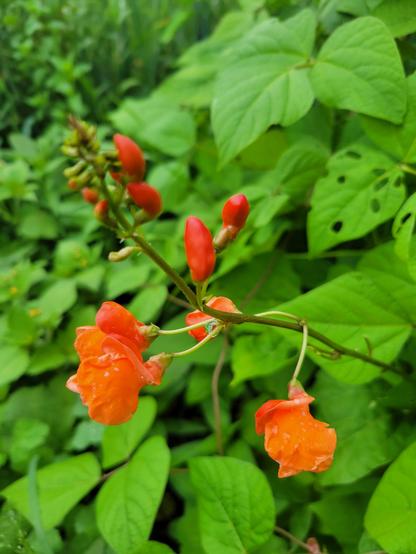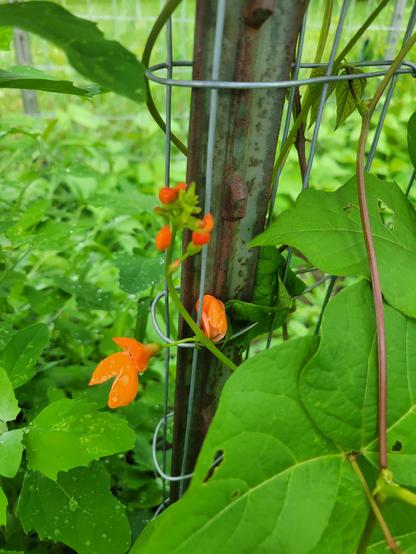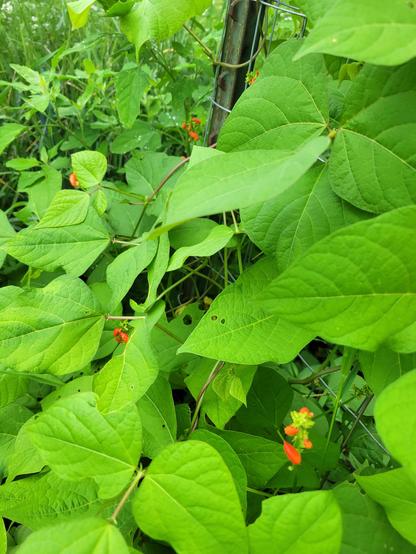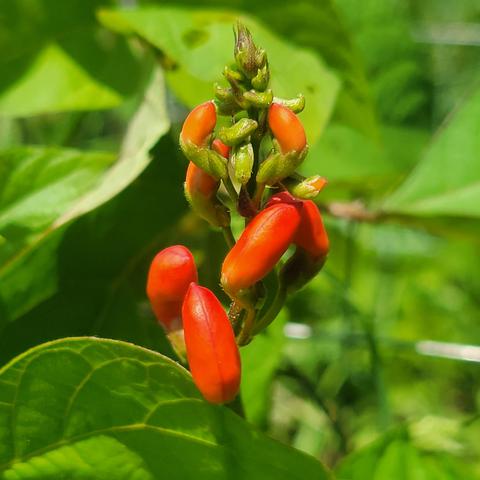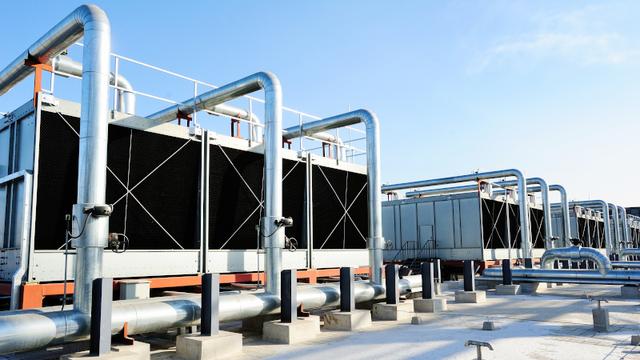There are several more F2 vines blooming within just a few more days of the first. That first one was a month earlier than the F1 and two months earlier than the parental varieties.
This tells us that the precocious blooming isn't a single gene trait.
AA x aa > Aa > 1AA:2Aa:1aa
This model would not predict the F2s being any different from the F1 or parents.
